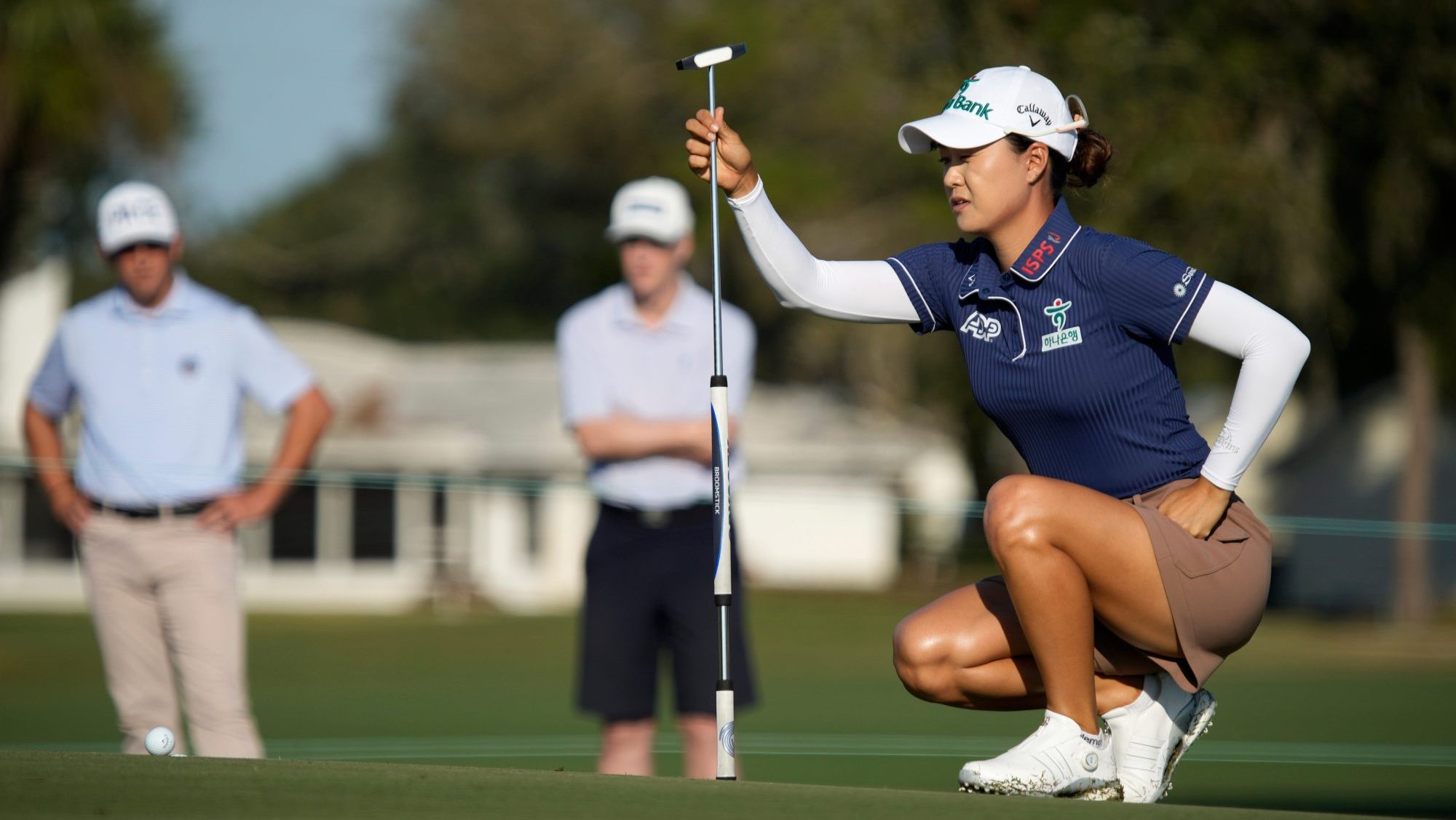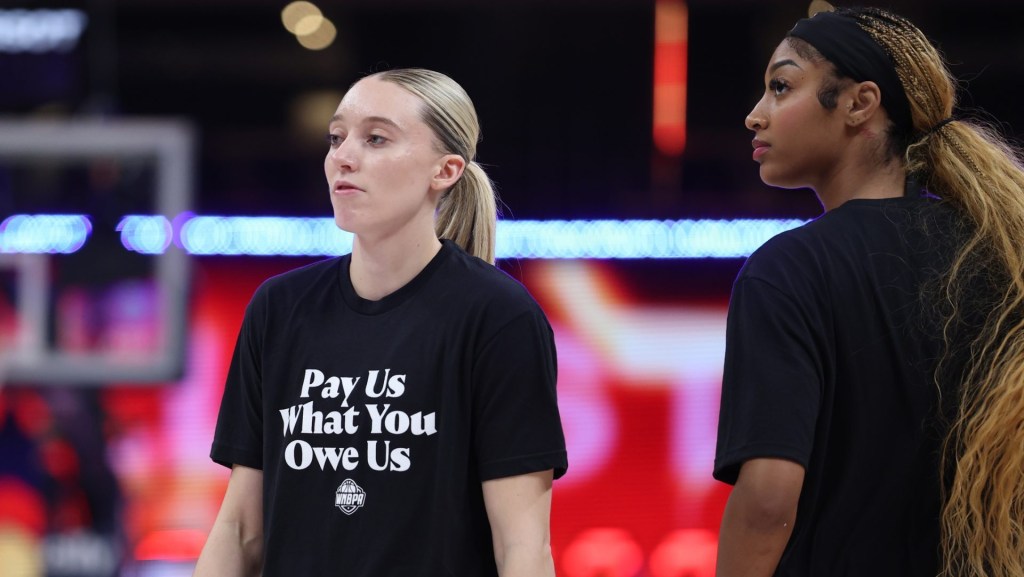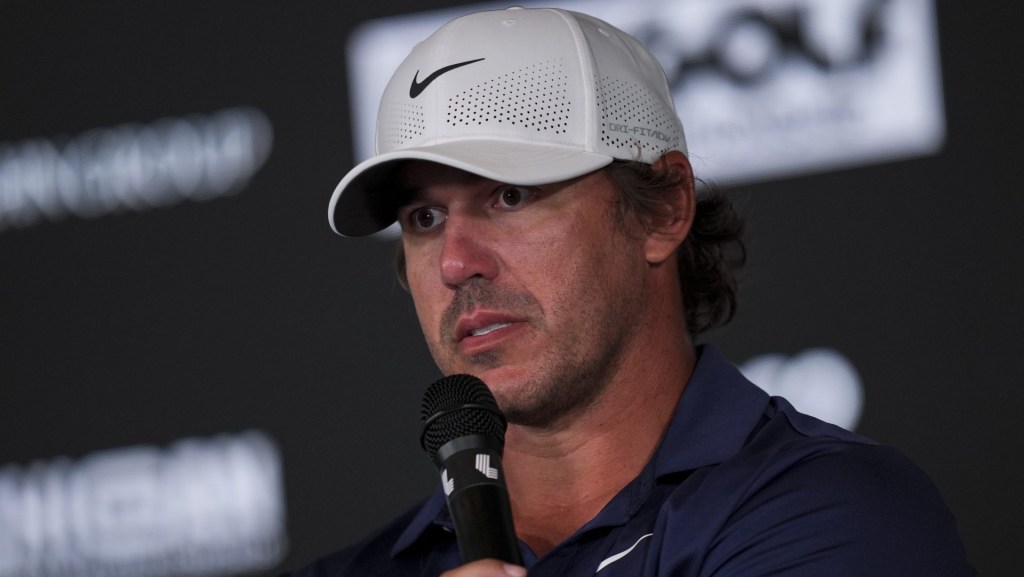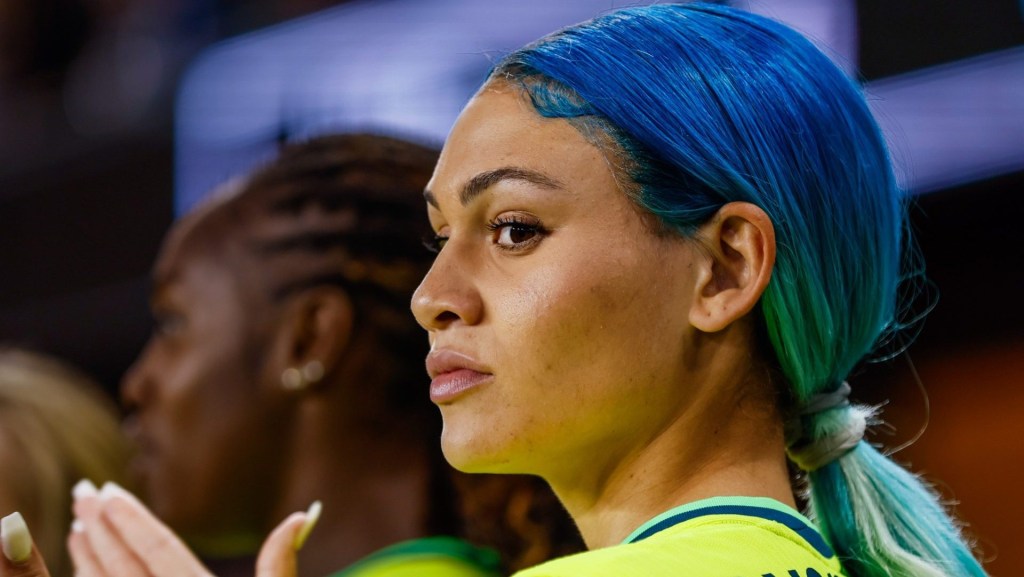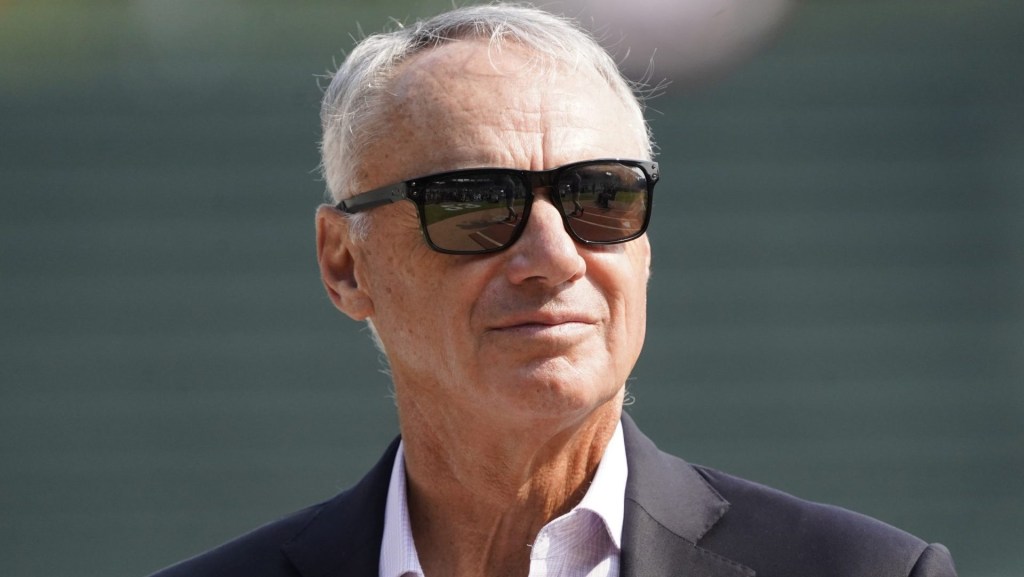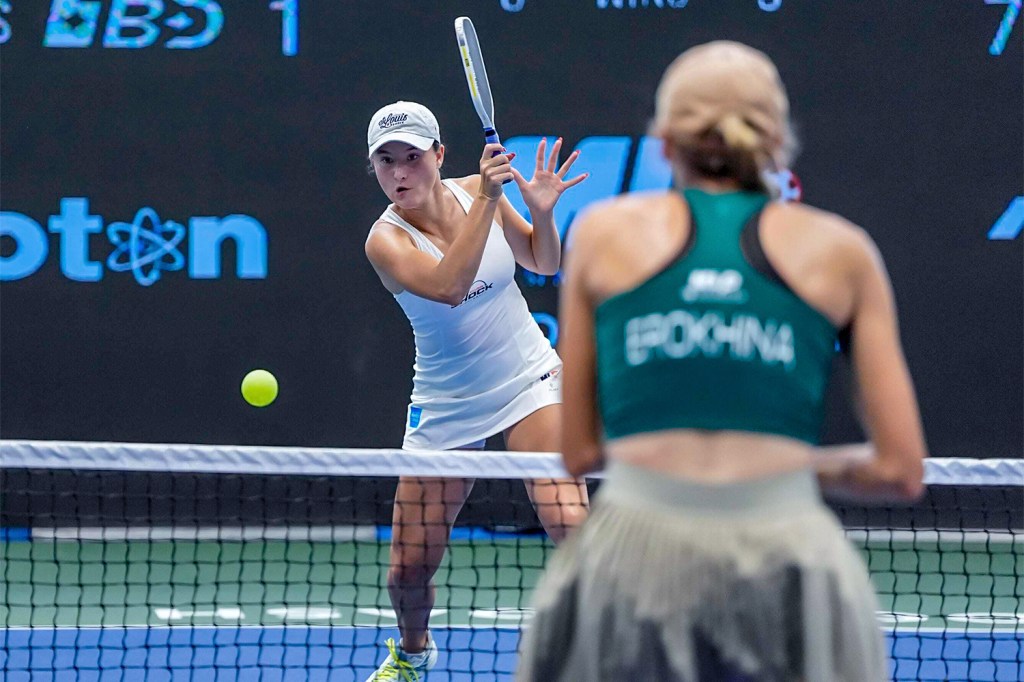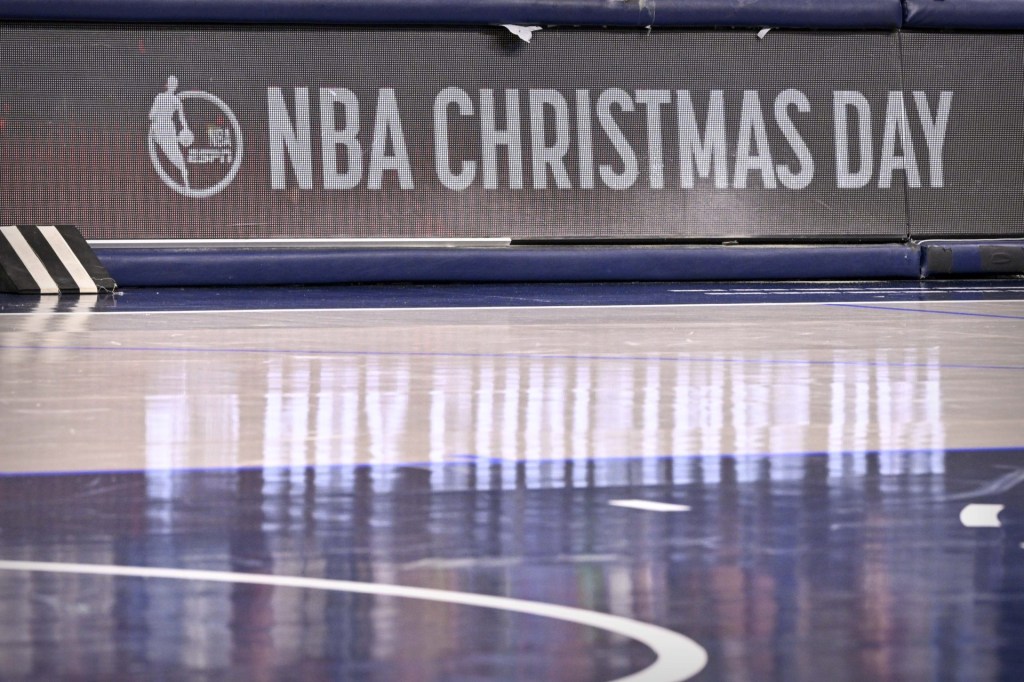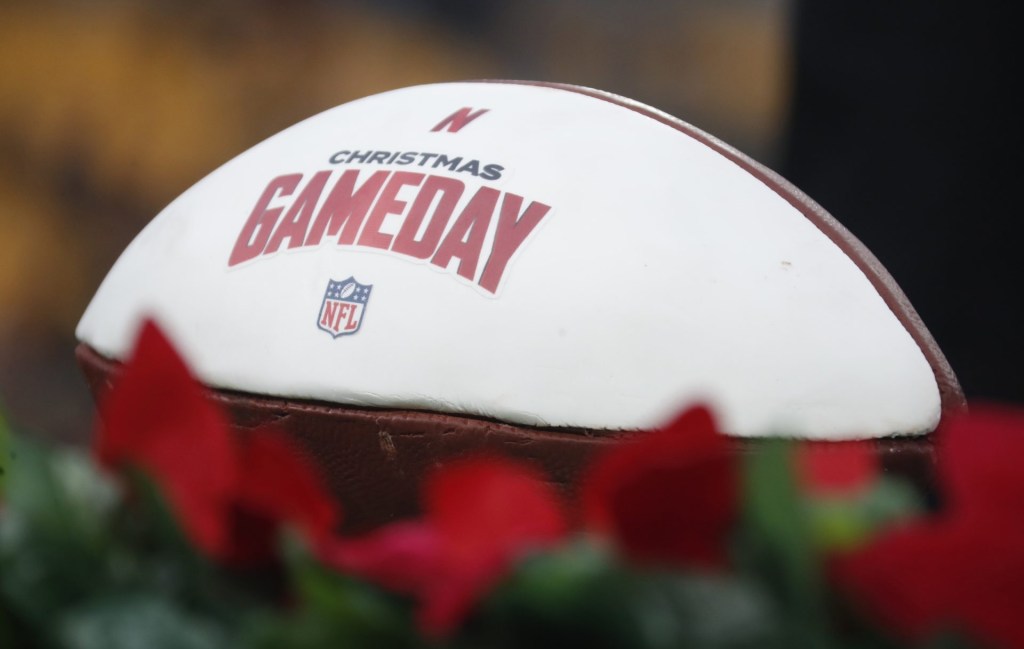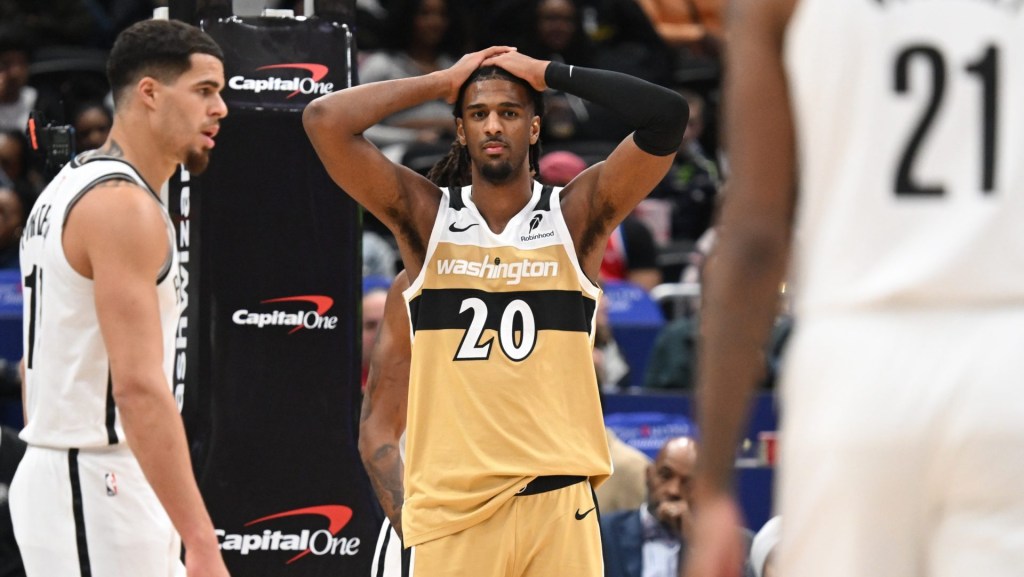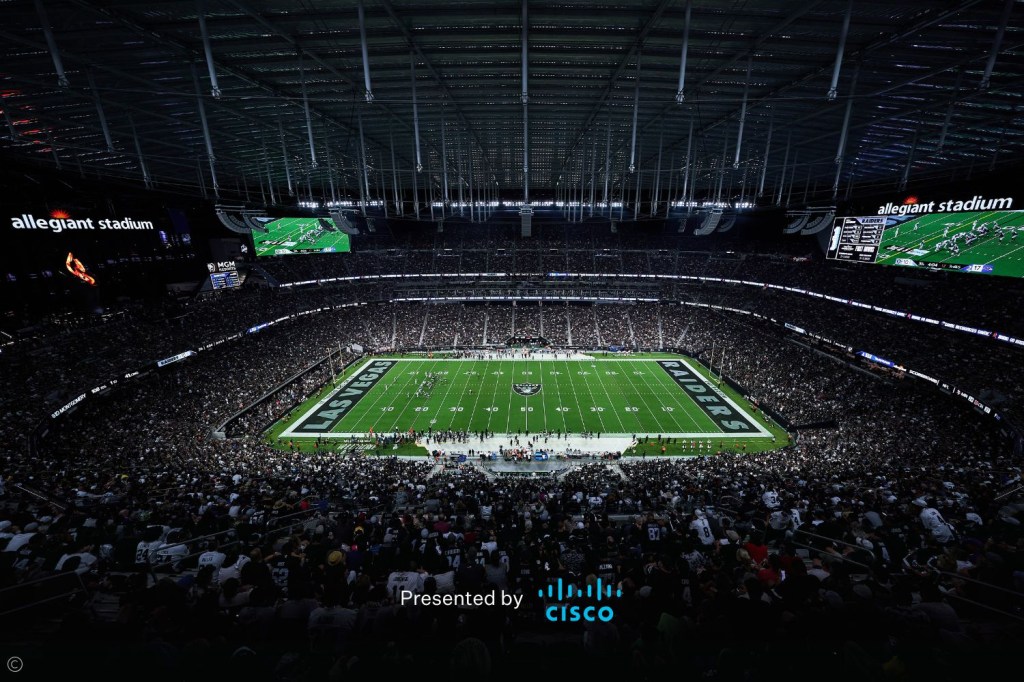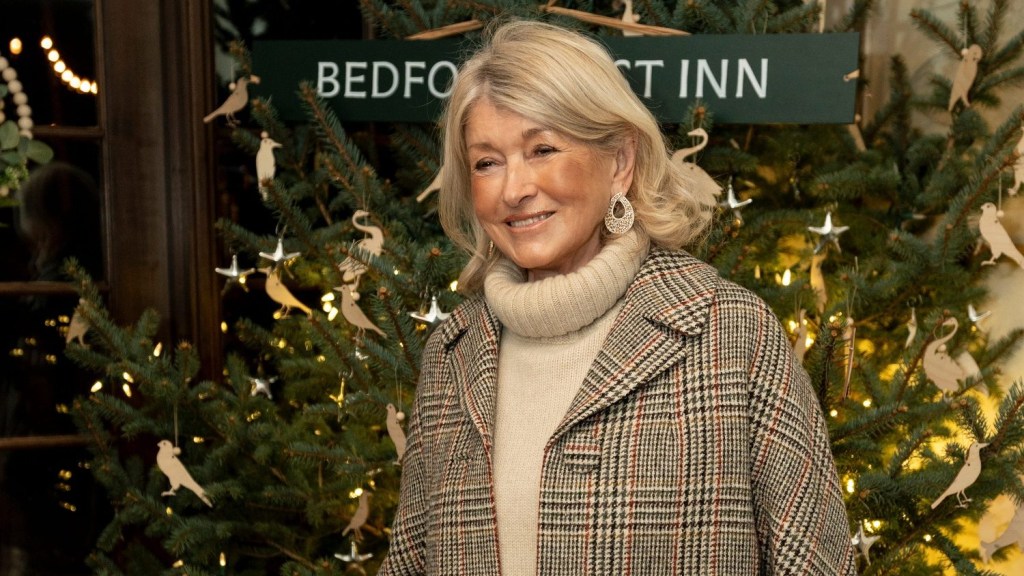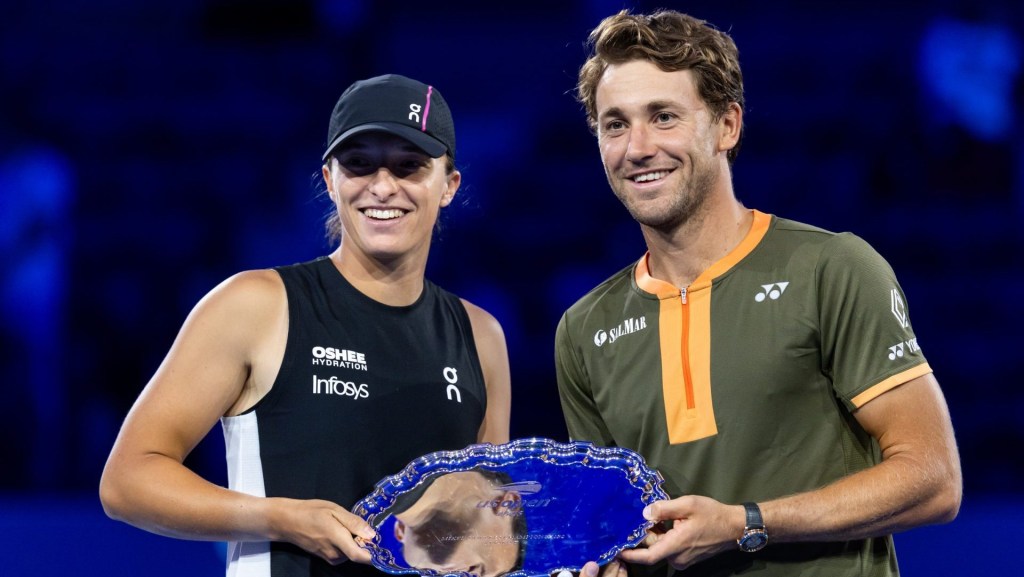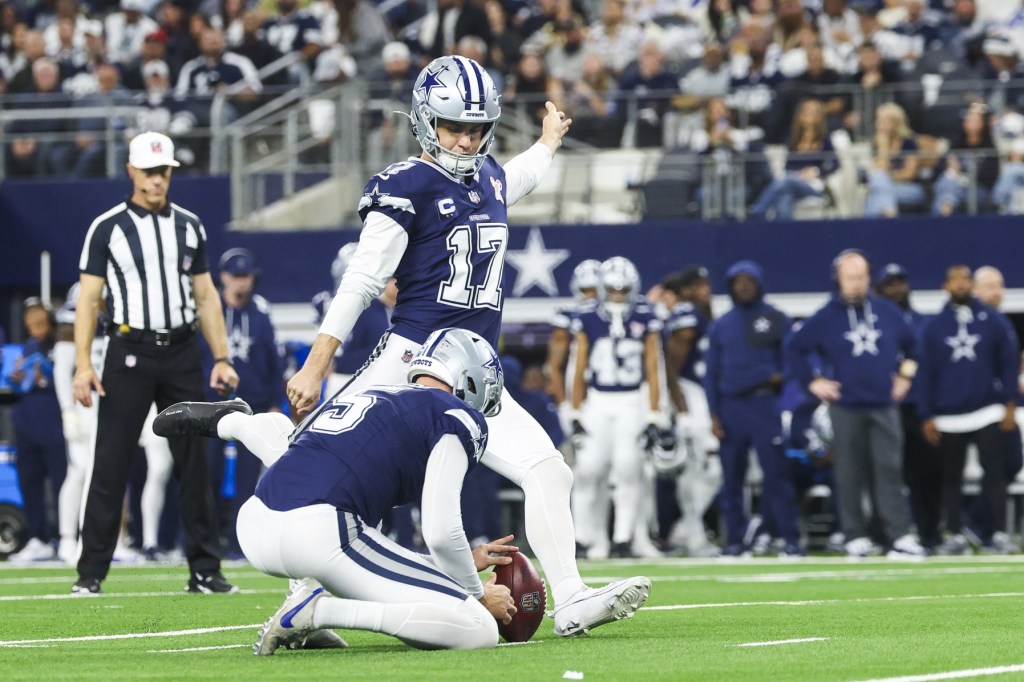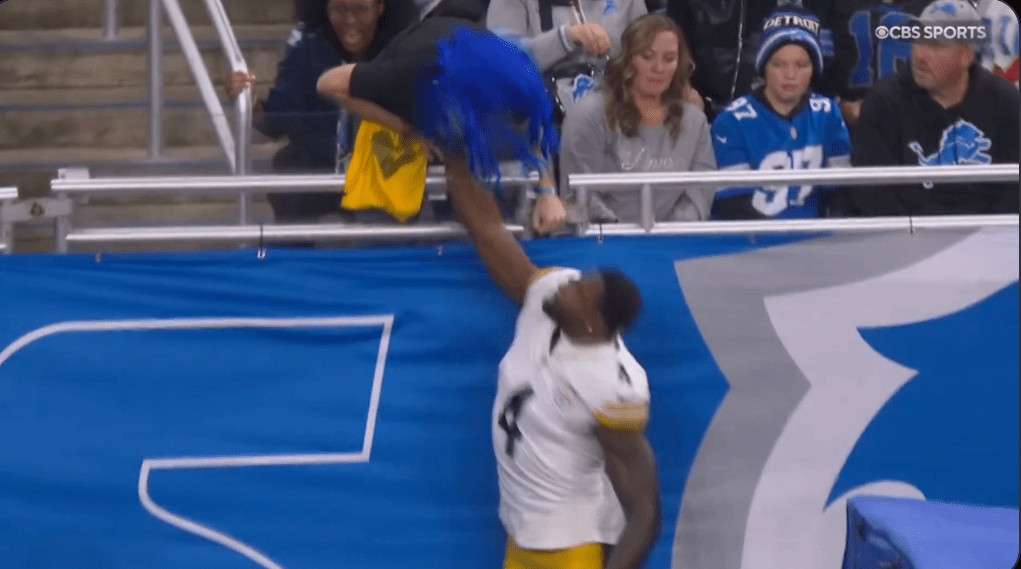The LPGA confirmed a new “Pace of Play Policy” on Thursday, which will go into effect March 27.
The new policy does two things to try to speed up the game.
First, players will be fined if they go 1 to 5 seconds over their allotted time, receive a one-stroke penalty if they go 6 to 15 seconds over, and get docked two strokes once they go past the 16-second mark. This is a modification to the current system, in which players are fined for 1- to 10-second delays and get penalized two strokes at the 11-second mark.
Second, players who hit first on par 4s and 5s will no longer get an additional 10 seconds unless it’s a reachable par 4.
According to LPGA Player President Vicki Goetze-Ackerman, the changes were spearheaded by players and put in place by the Pace of Play Committee. “This policy now acts as a stronger deterrent, ensuring players take warnings seriously before penalties become necessary,” she said.
Some LGPA stars had pitched much stricter measures to solve slow play. In November, after her group took more than five hours to finish the final round at the Annika, 11th-ranked Charley Hull said: “Listen, if you get three bad timings, every time it’s a tee shot penalty. If you have three of them, you lose your tour card instantly. I’m sure that would hurry a lot of people up and they won’t want to lose their tour card.”
World No. 1 Nelly Korda, who was in Hull’s group that day, applauded the changes, telling Golf.com earlier in the week they would be better for both players and fans. “Instead of losing half your fans on the back nine, I feel like look they’re going to stick with it and watch the ending of it,” Korda said.
To Korda, however, the slow play isn’t exclusive to the women’s game. “Like the PGA Tour has that problem as well,” she said.
Collin Morikawa, who’s won two majors on the PGA Tour, acknowledged as much before the Genesis Tour on Tuesday: “Obviously, you see what the LPGA’s doing. You need to start fining people.”
Other players have been thinking about solutions, but world No. 3 Rory McIlroy isn’t so sure there’s a quick fix to the problem: “It seems like you can maybe improve it by 15 or 20 minutes,” he said back in January. “But that’s still a five-and-a-half hour round into a five-hour and 15 round, so is that really improving it enough to make a huge change? I don’t know.”
Across the sporting world, leagues are experimenting with ways to speed up games and keep fans engaged. That includes the TGL indoor golf league founded by McIlroy and Tiger Woods, which uses a 40-second shot clock. Opening night featured zero violations and a breezy two hours of televised gameplay on ESPN.
In the NBA, two hours is about the length commissioner Adam Silver is shooting for. In January, he suggested reducing the length of games from 48 to 40 minutes to better sync with “modern television habits.”
And faster play has thus far benefited Major League Baseball, which rolled out pitch clocks in 2023. The average game length dropped from more than three hours in 2022 to under two hours and 40 minutes, while attendance went up.
